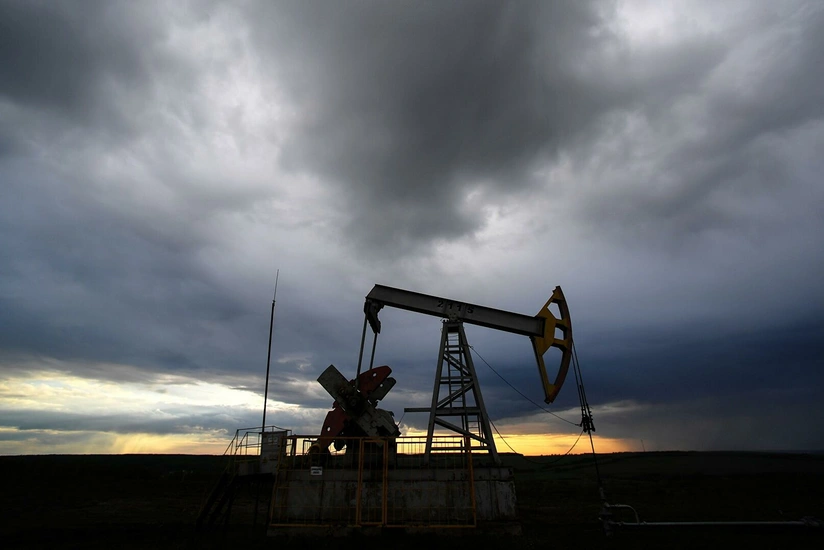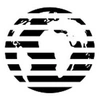Oil surplus accumulated during pandemic down by 80%
- 19 April, 2021
- 10:54

The unprecedented oil inventory glut that amassed during the coronavirus pandemic is almost gone, underpinning a price recovery that’s rescuing producers but vexing consumers, Report informs referring to Bloomberg.
Oil inventories in developed economies stood just 57 million barrels above their 2015-2019 average as of February, down from a peak of 249 million in July, the IEA estimates.
It’s a stark turnaround from a year ago, when lockdowns crushed world fuel demand by 20 percent and trading giant Gunvor Group Ltd. fretted that storage space for oil would soon run out.
The re-balancing comes as OPEC and its allies keep vast swathes of production off-line and a tentative economic recovery rekindles global fuel demand. It’s propping international crude prices near $67 a barrel, a boon for producers yet an increasing concern for motorists and governments wary of inflation.
“Commercial oil inventories across the OECD are already back down to their five-year average,” said Ed Morse, head of commodities research at Citigroup Inc. “What’s left of the surplus is almost entirely concentrated in China, which has been building a permanent petroleum reserve.”
Working off the remainder of the global excess may take some more time, as OPEC+ is reviving some halted supplies and new virus outbreaks in India and Brazil threaten demand.
Against the backdrop of an increase in the incidence of COVID-19 in Brazil, India and some other countries, as well as against the backdrop of unfavorable epidemiological forecasts for Japan, oil began this week with a decline in prices.
